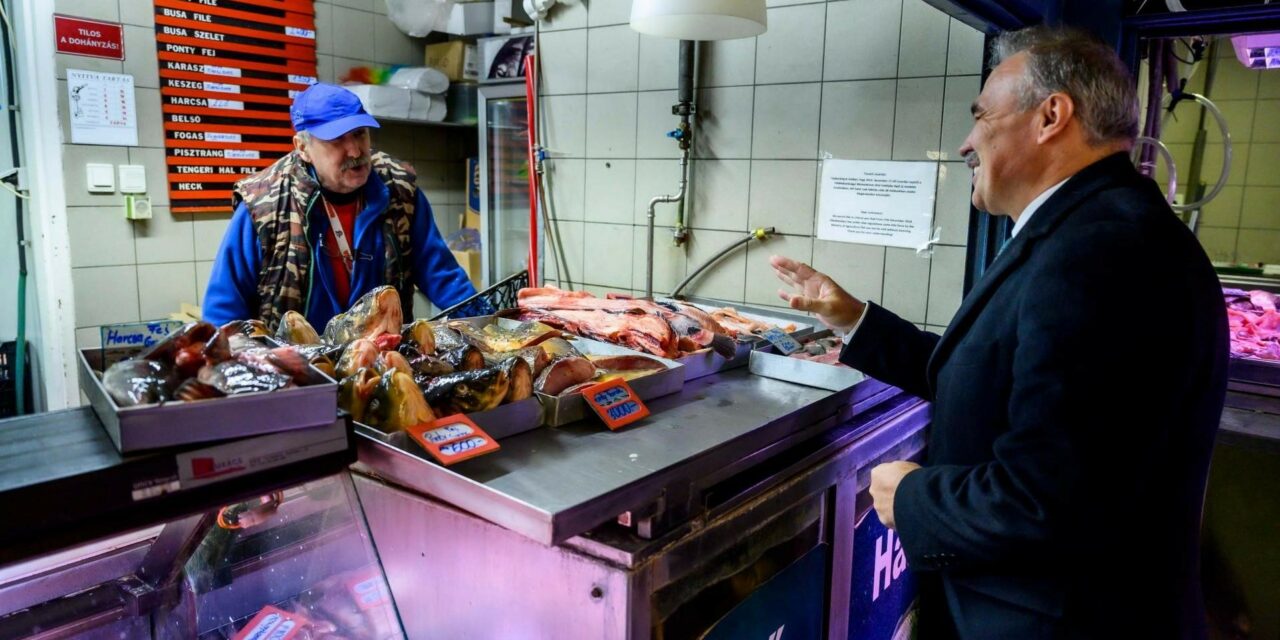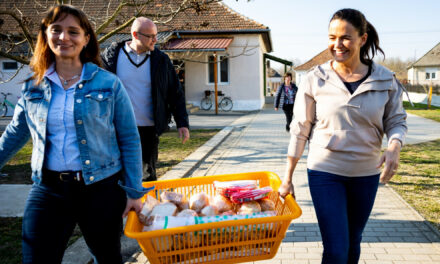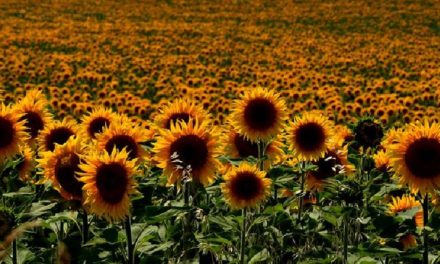Domestic fish consumption has been slowly but steadily increasing in recent years; despite the difficulties, there is enough fish and everyone can find something for the Christmas table in the shops - said Minister of Agriculture István Nagy on Monday at a press conference promoting fish consumption in the Central Market Hall in Budapest.
The head of the ministry emphasized that the Christmas period is decisive in domestic fish consumption. According to estimates, fish producers sell 40 percent of the annual dairy food volume at this time, and in the case of some large fish producers, the Christmas fish sale accounts for even 60-70 percent of the annual turnover, he pointed out.
István Nagy explained that in the past period agriculture, including fish farming, faced extraordinary challenges. However, the majority of fish producers cleverly, "like a good farmer", optimized their production in the harsh conditions: some lakes were not even filled, and those that could not be filled were populated with a lower density of individuals - explained the minister, indicating that although this reduced the amount of fish produced, effectively they were able to minimize their inevitable losses.
István Nagy thanked all the actors working in the sector that there will still be enough Hungarian fish for the festive tables, as they limited the amount of exports for this purpose.
The Minister of Agriculture encouraged everyone to look for and buy Hungarian fish.
He also explained that thanks to government and sectoral promotions and government measures supporting the sector, per capita fish consumption has steadily increased in recent years.
According to his explanation, in 2013, when the Hungarian Fish Management Operative Program (MAHOP) was launched, this value was 5.4 kilograms calculated using the current method, and by 2021 it had risen to 6.5 kilograms, which is a 20 percent increase. Although the numbers are attractive, Hungarian fish consumption is still low compared to Europe. Carp is the dominant species in domestic fish production and consumption, followed by African catfish.
István Nagy called increasing fish consumption a strategic goal, to achieve which the domestic aquaculture sector receives significant support. Within the framework of MAHOP in the period 2013-2020, HUF 960 million was allocated to the campaign promoting fish consumption, and HUF 700 million is the planned framework for fish marketing within the newly launched MAHOP Plus.
Among the plans, the Minister of Agriculture highlighted that the National Aquaculture Strategic Plan was adopted this year, which defines the tasks aimed at the development of the sector until 2030. As part of the plan, they plan to increase the production capacity of small-scale fish farms, develop the applied production technology and processing, and expand the range of fish products, he listed.
Source: MTI
Photo: Csaba Pelsőczy













